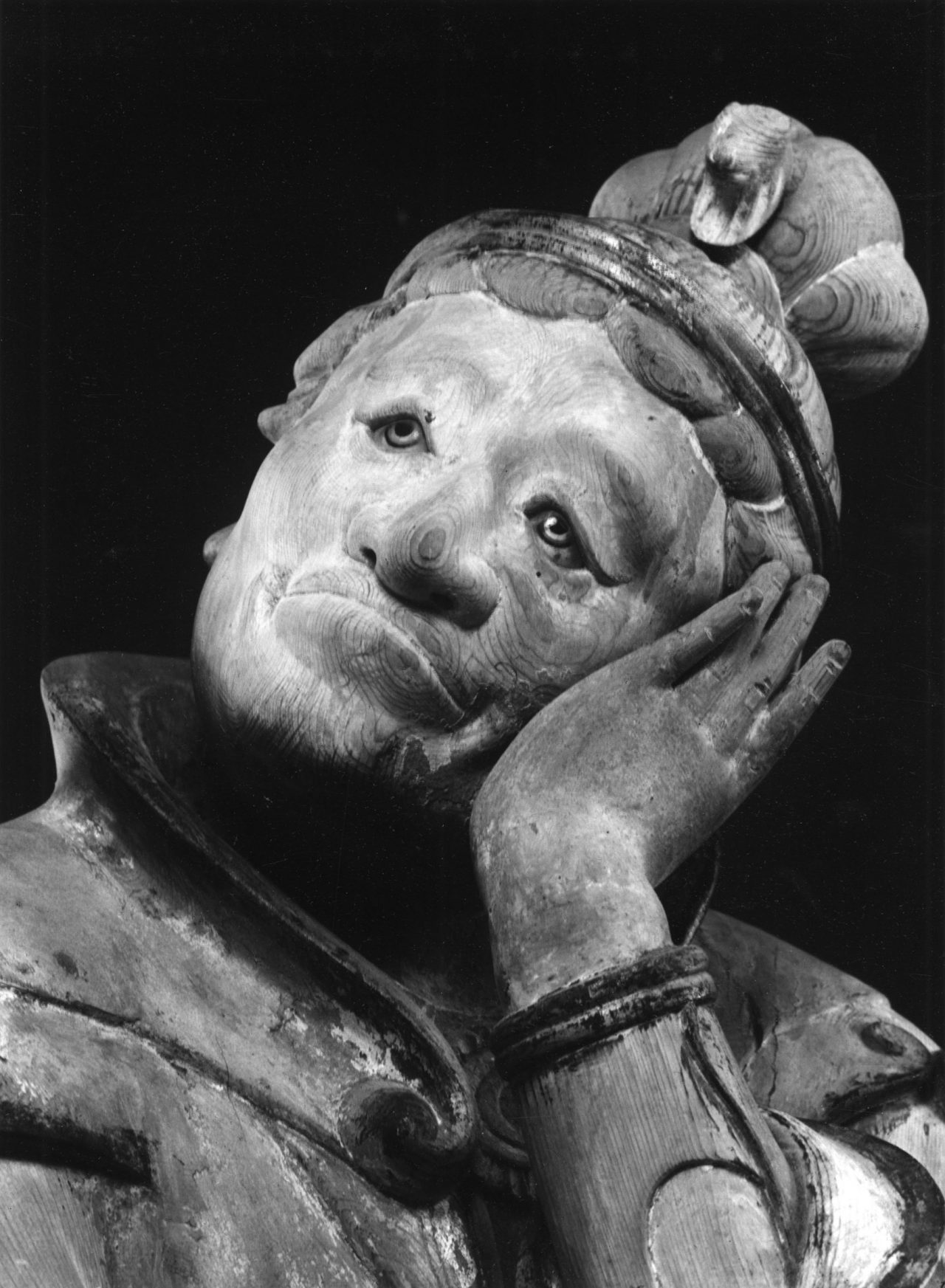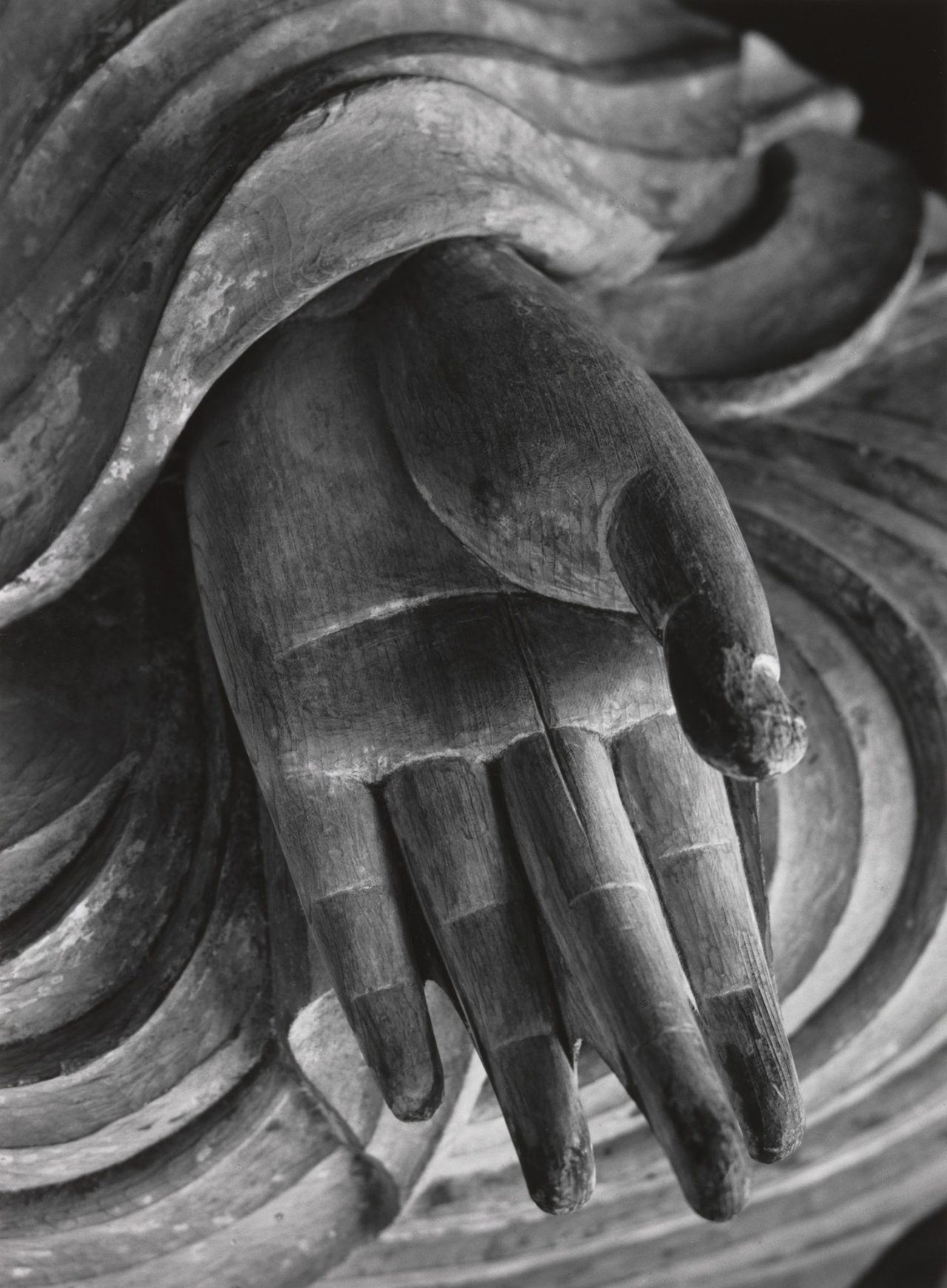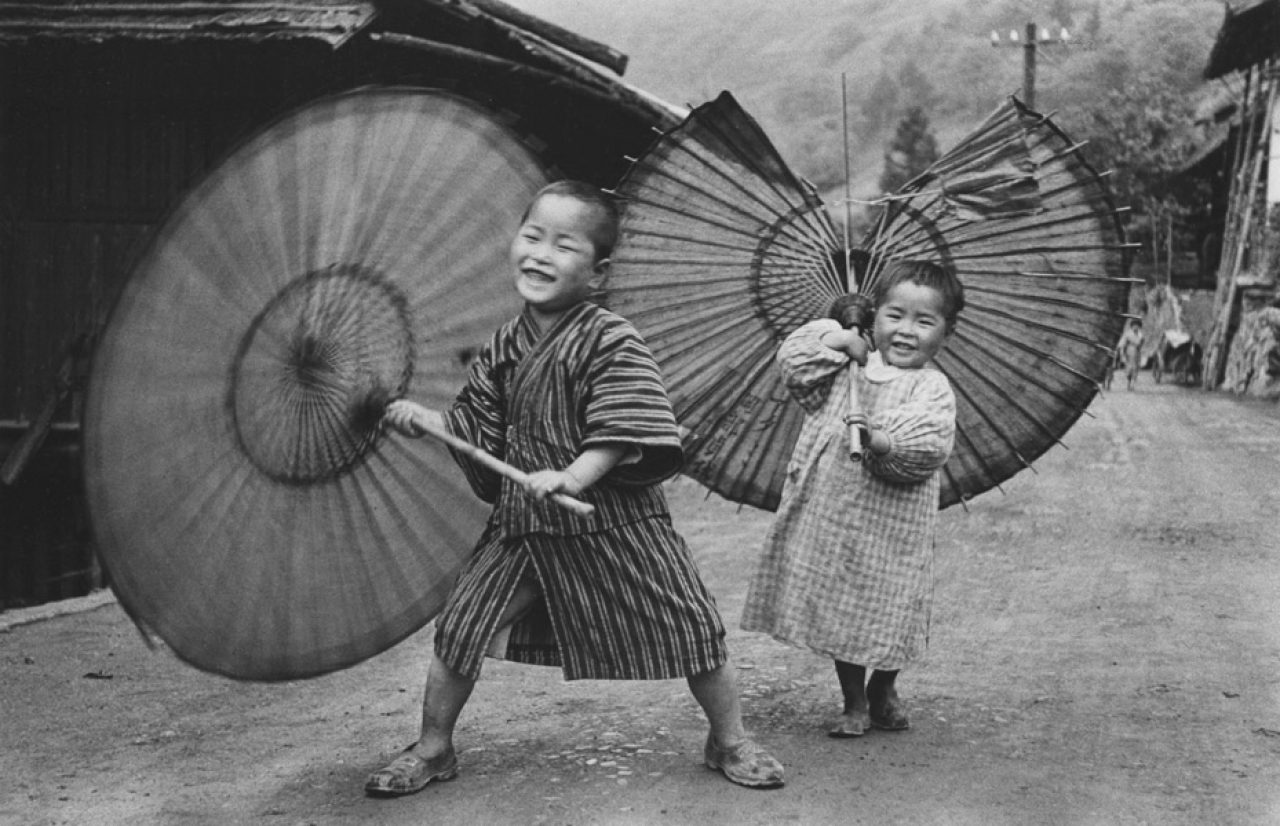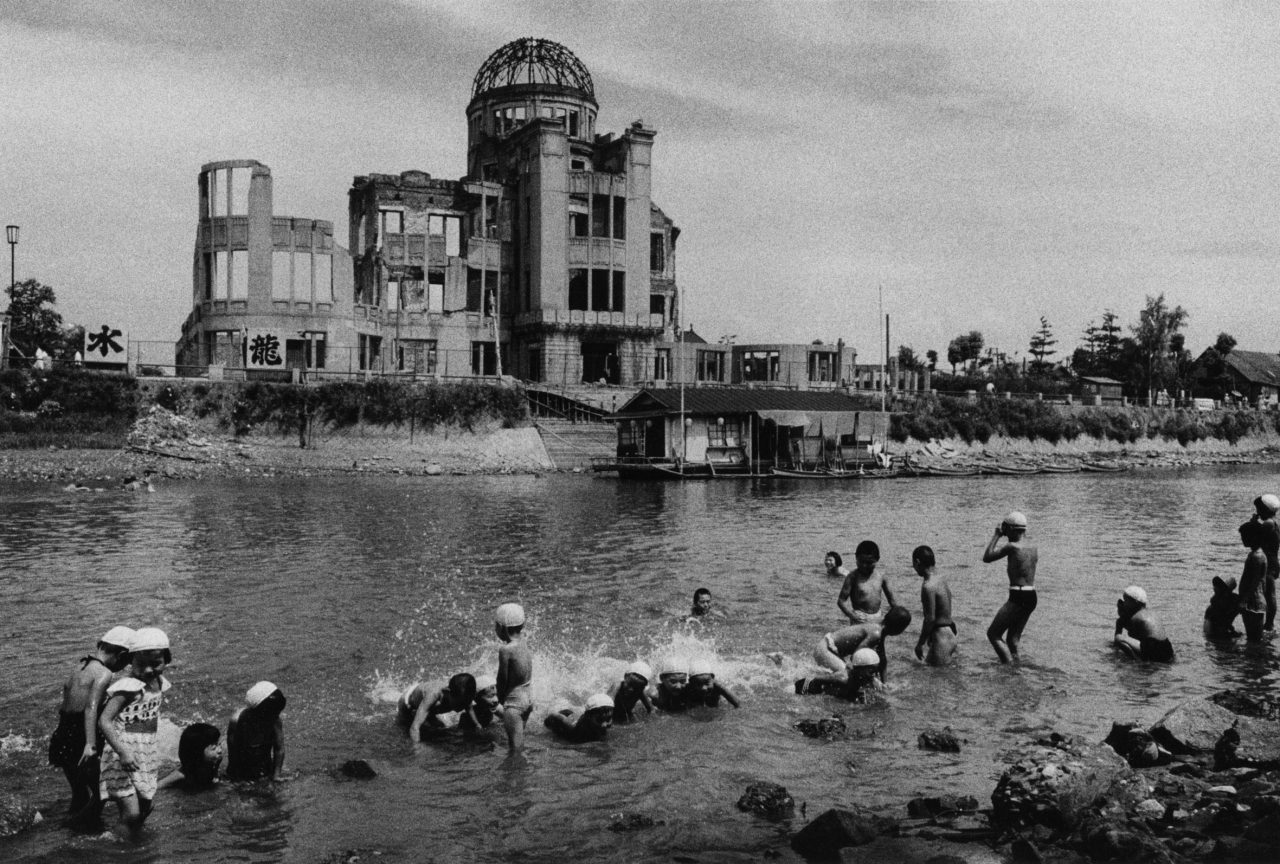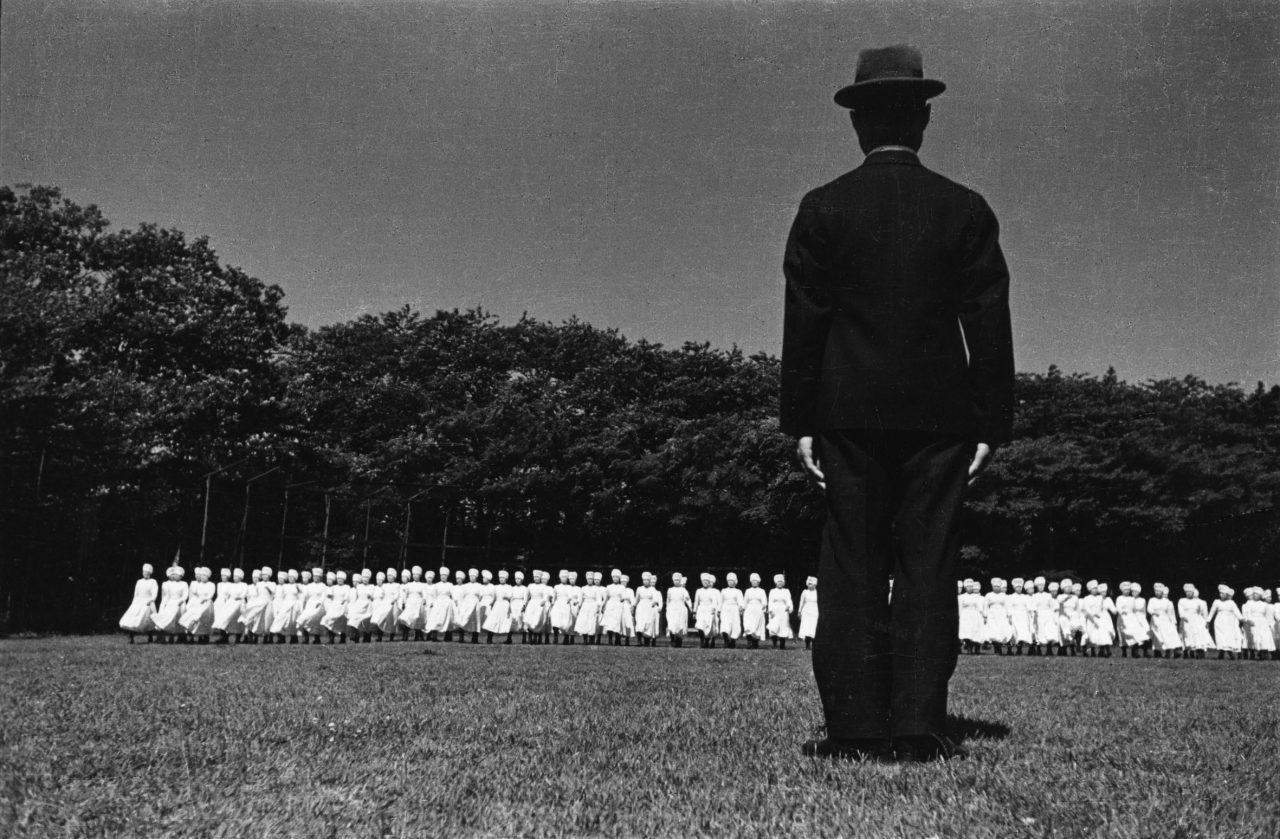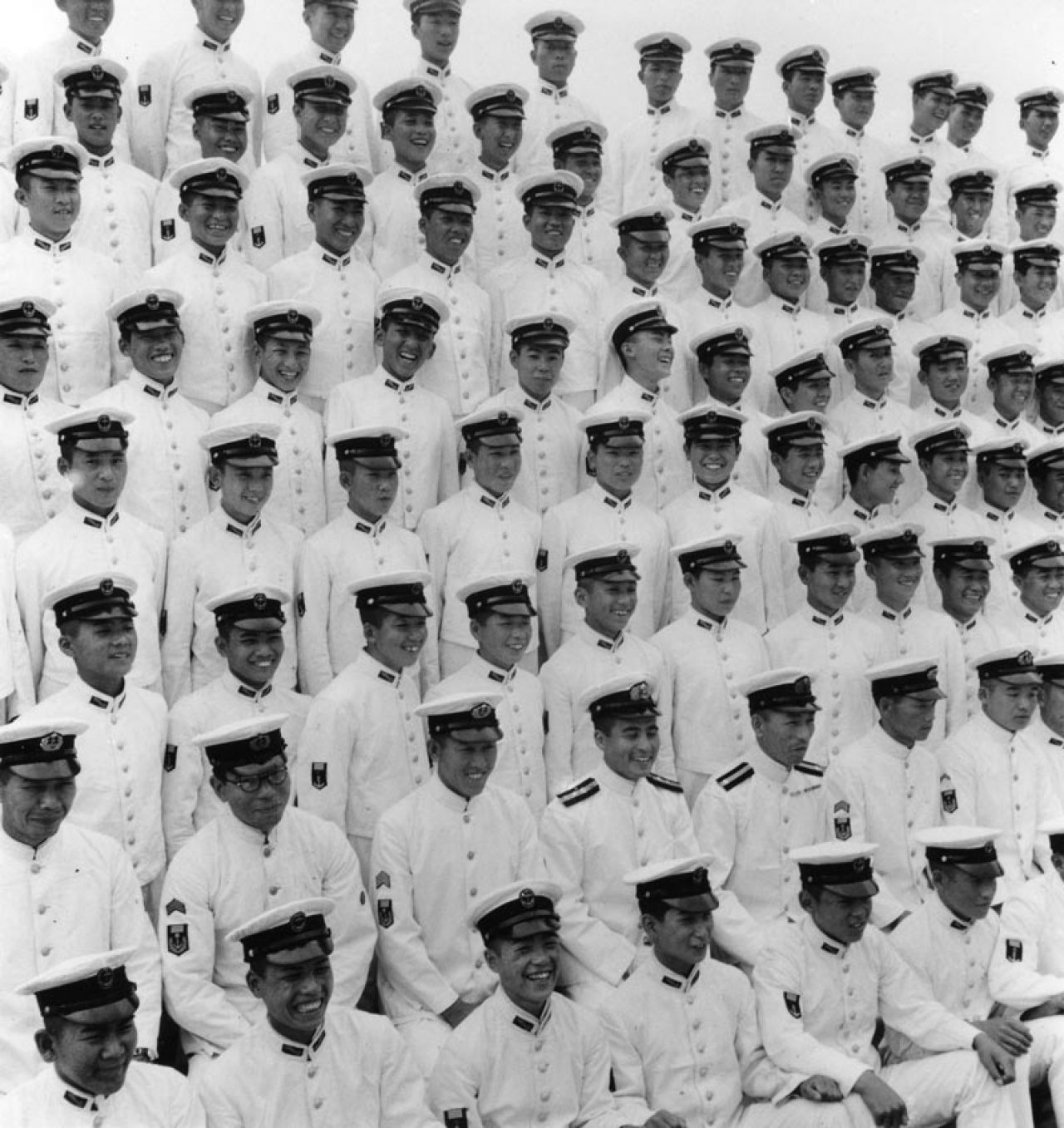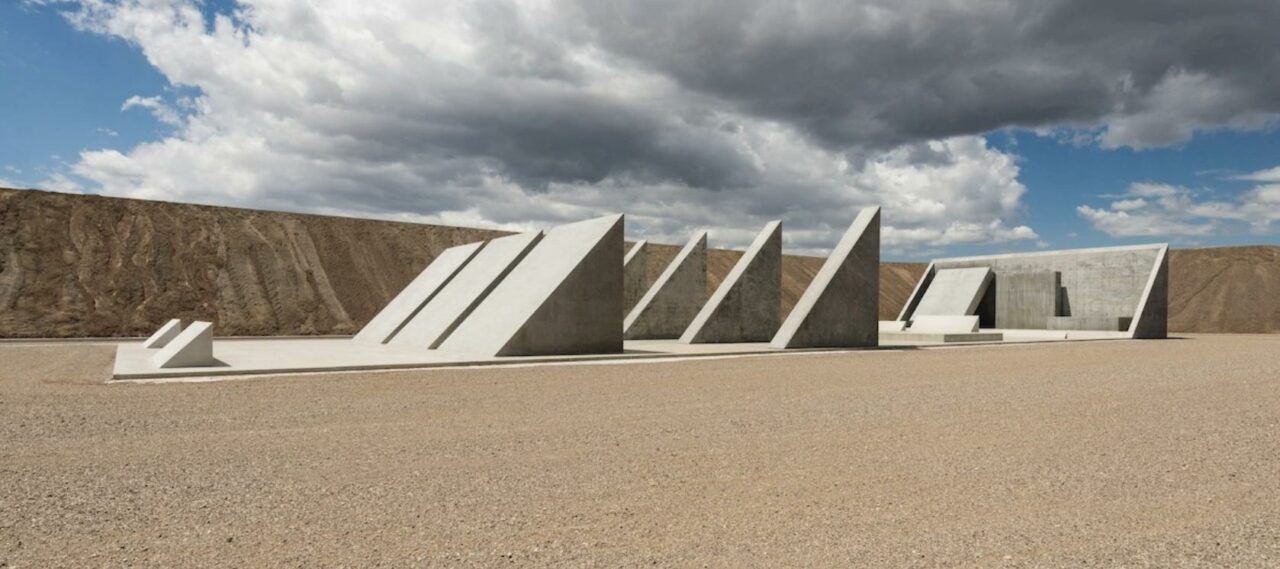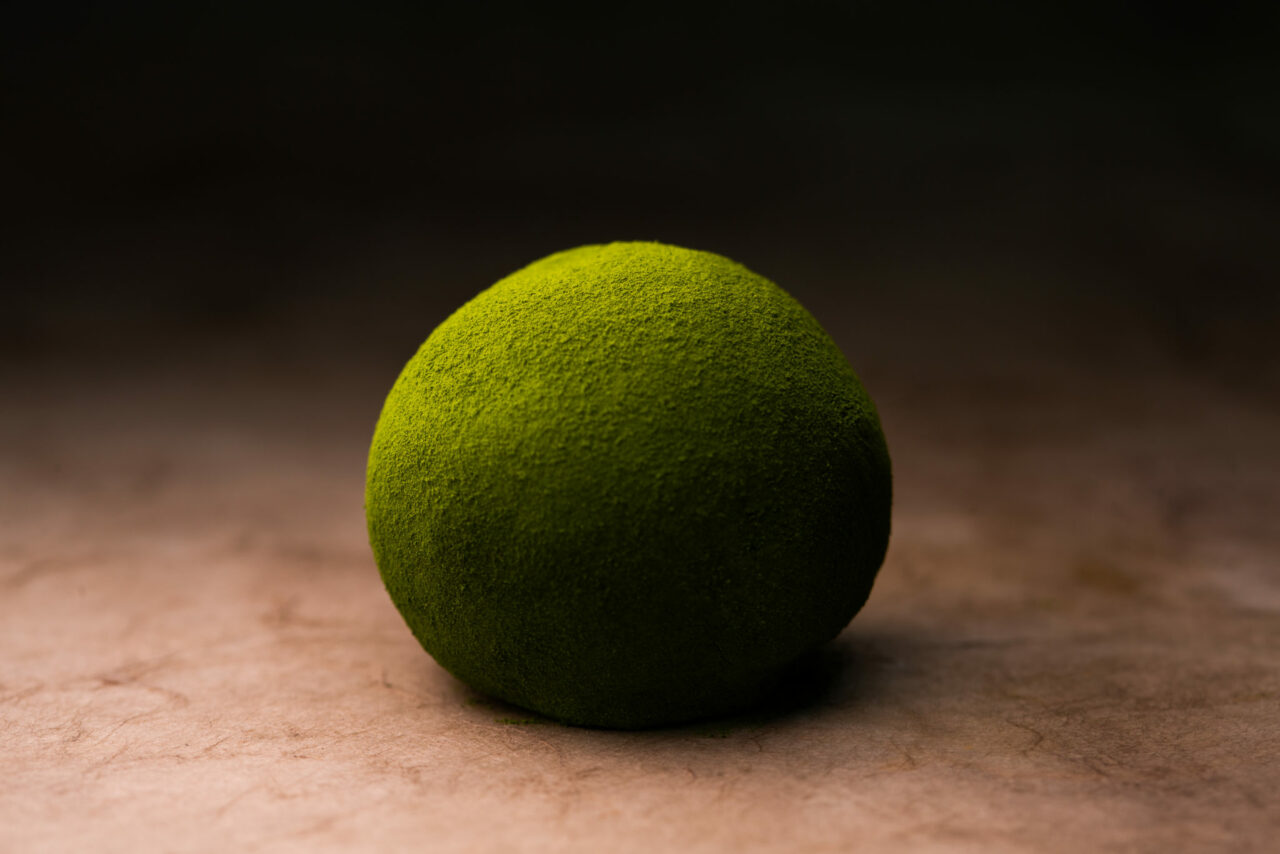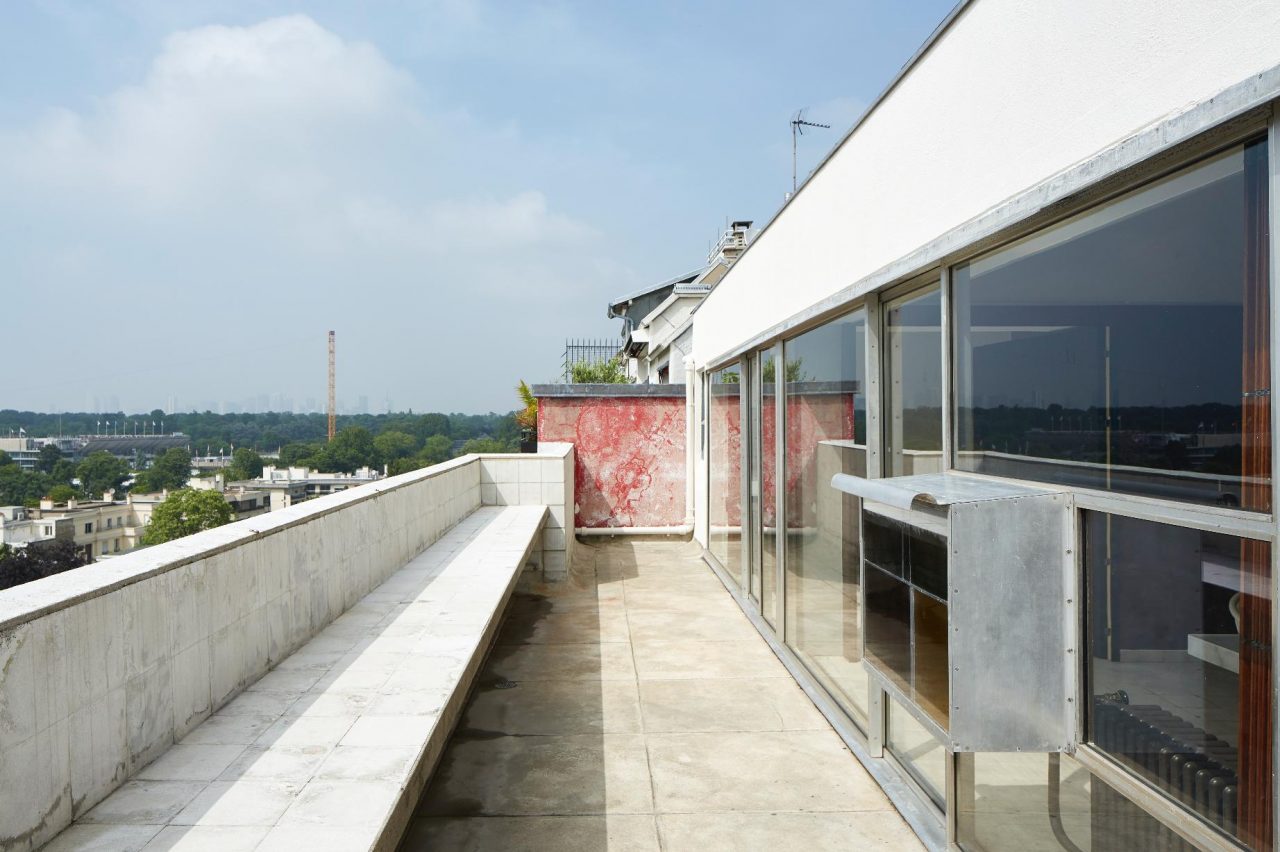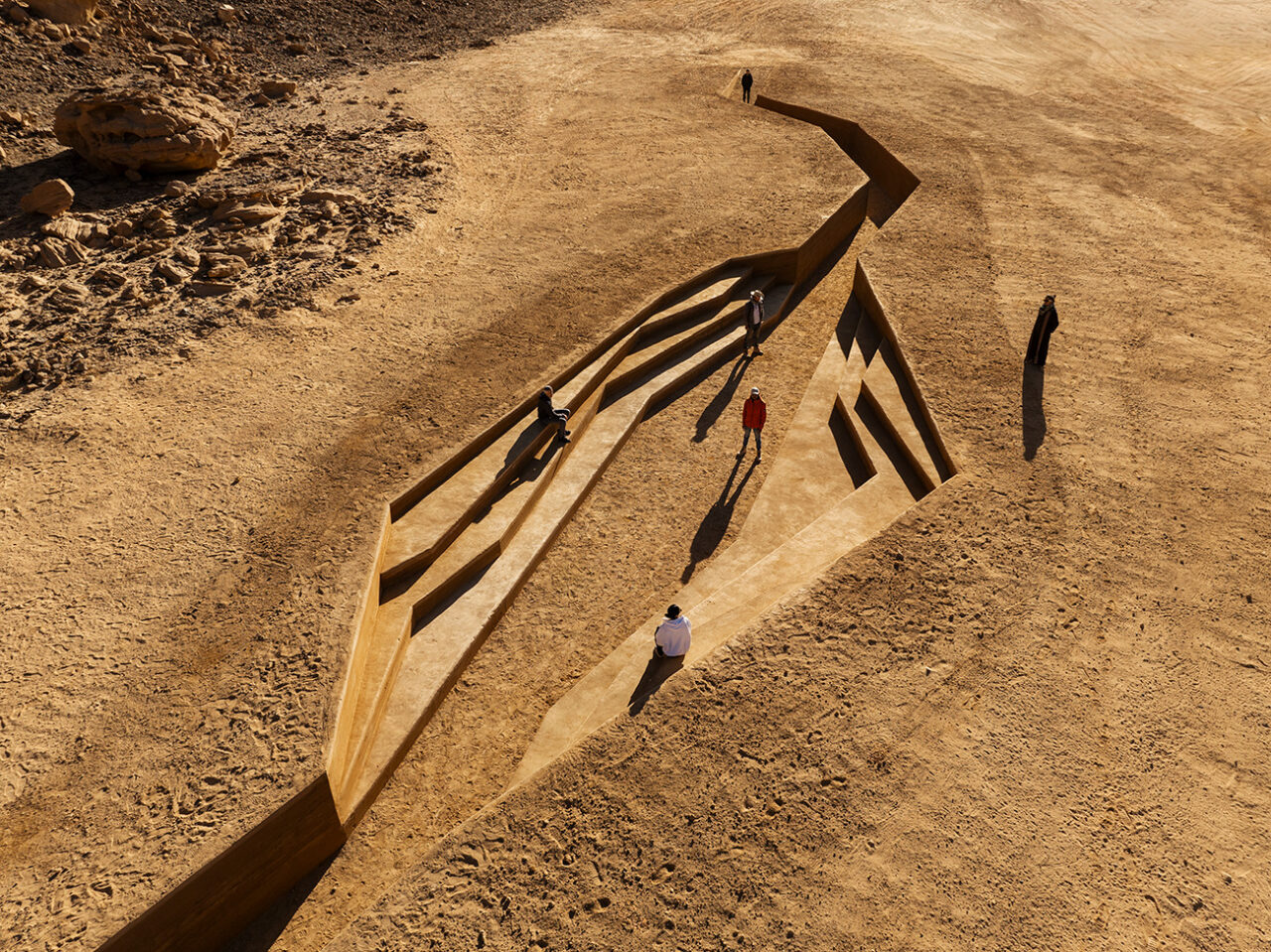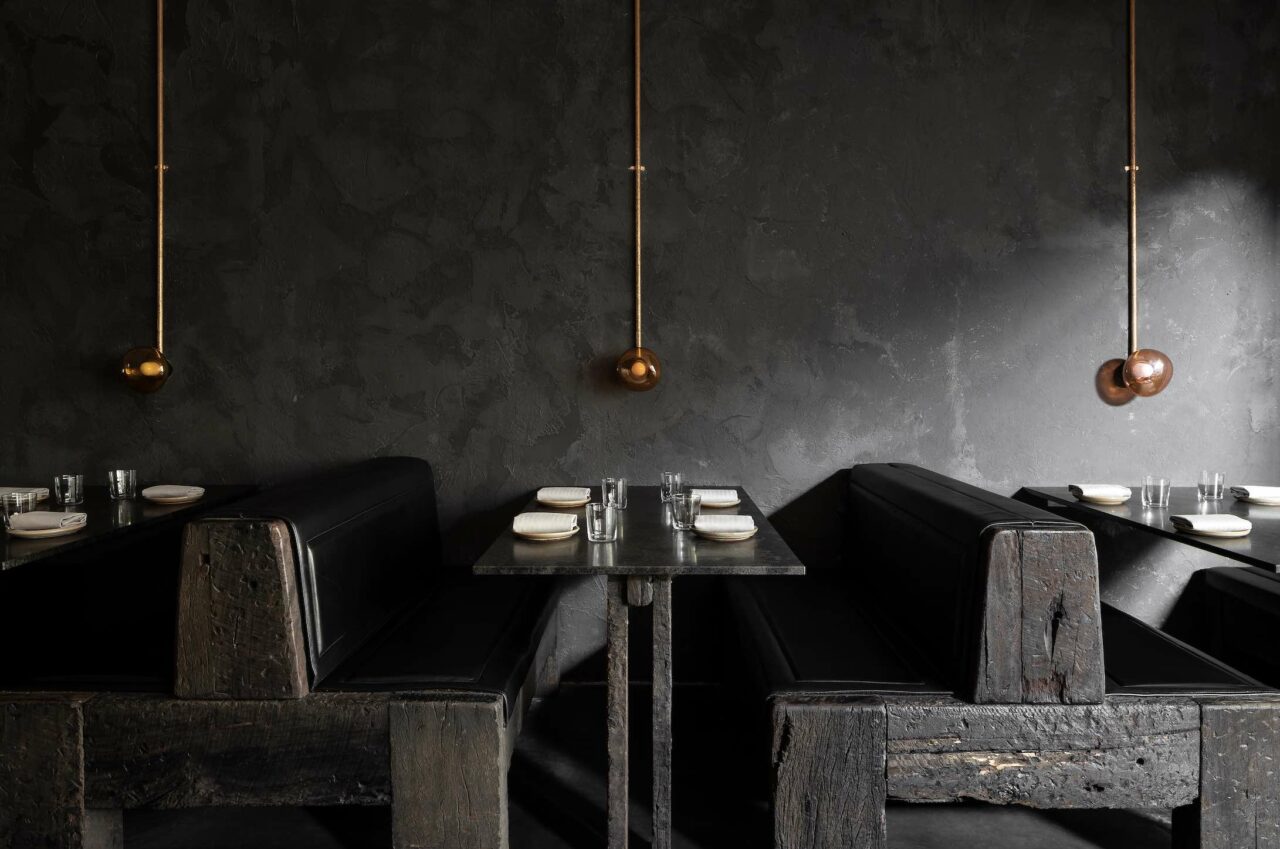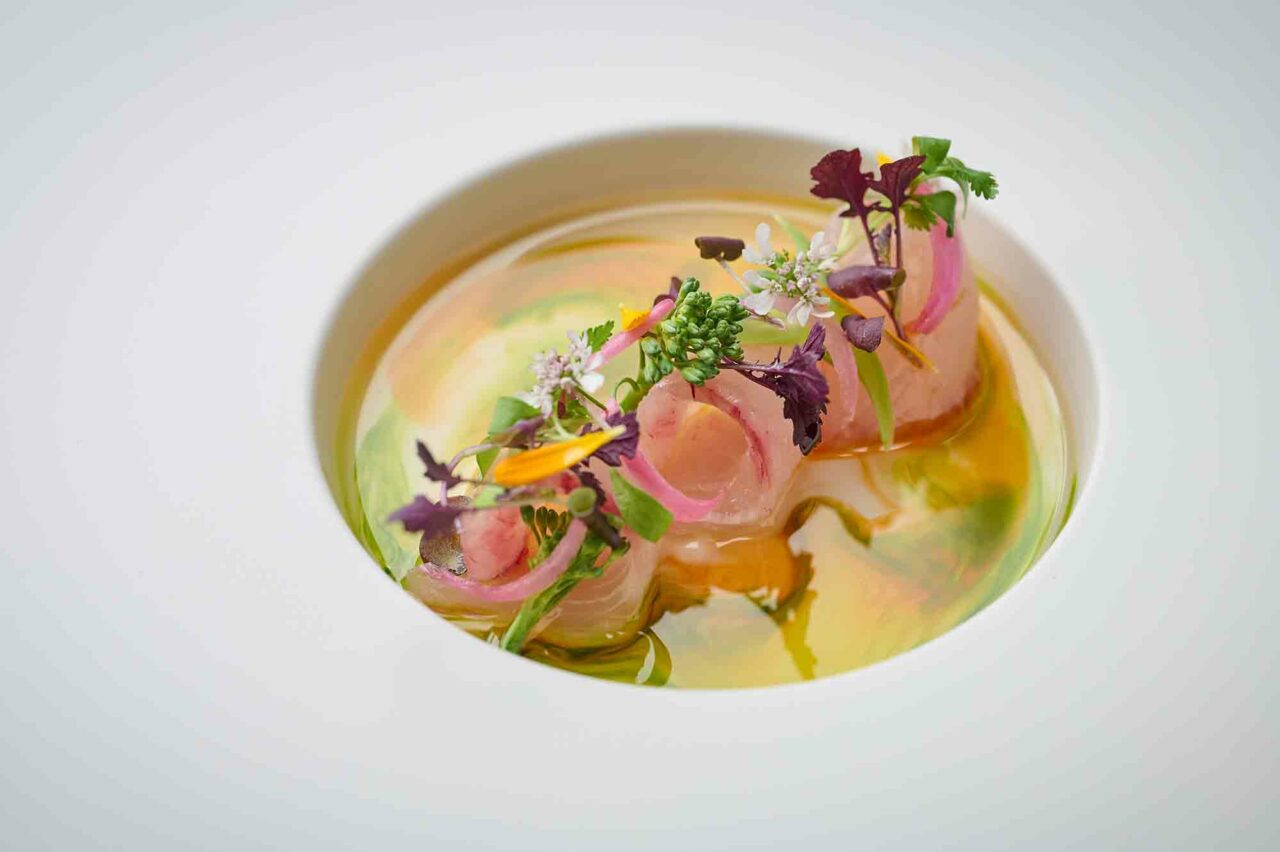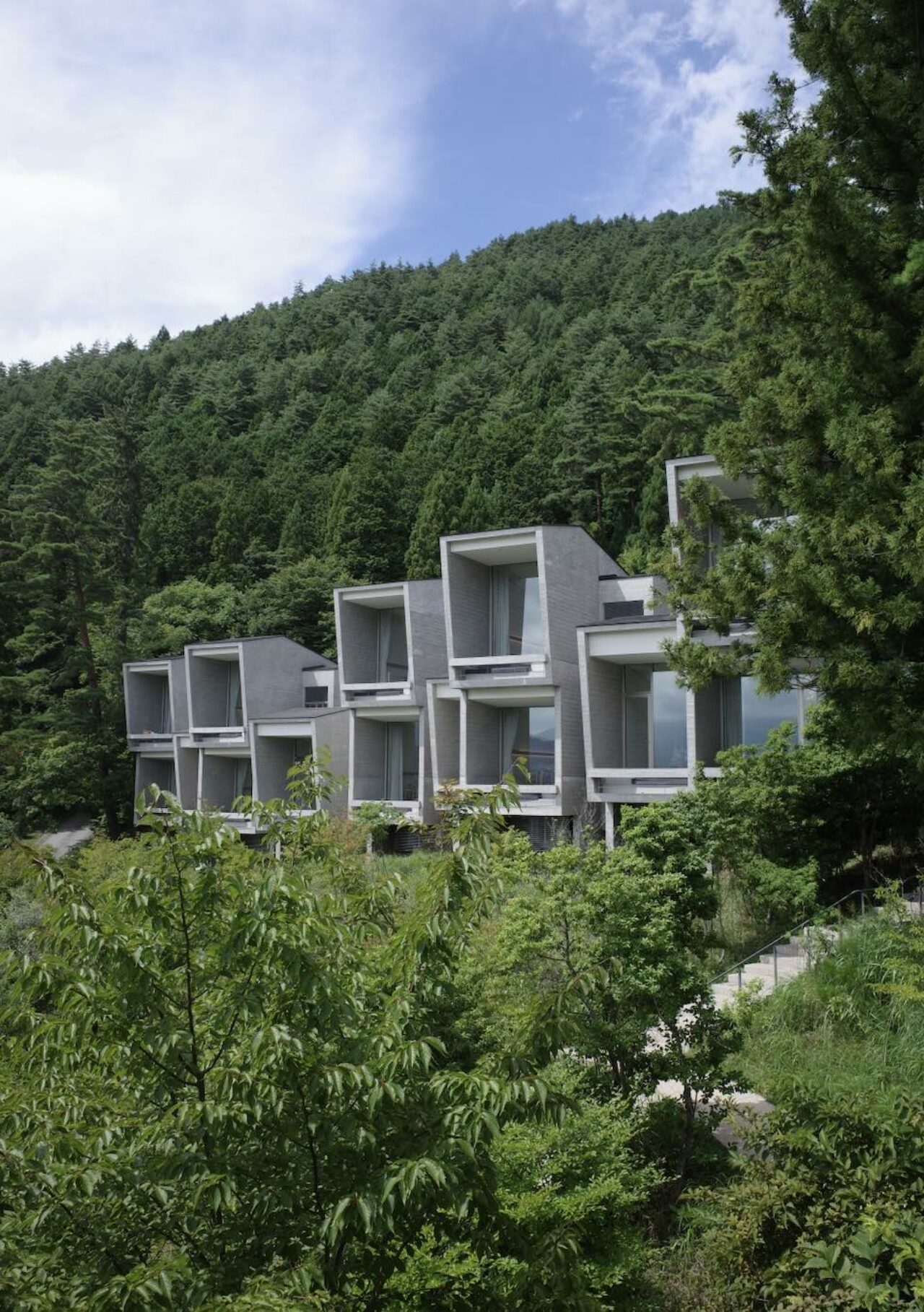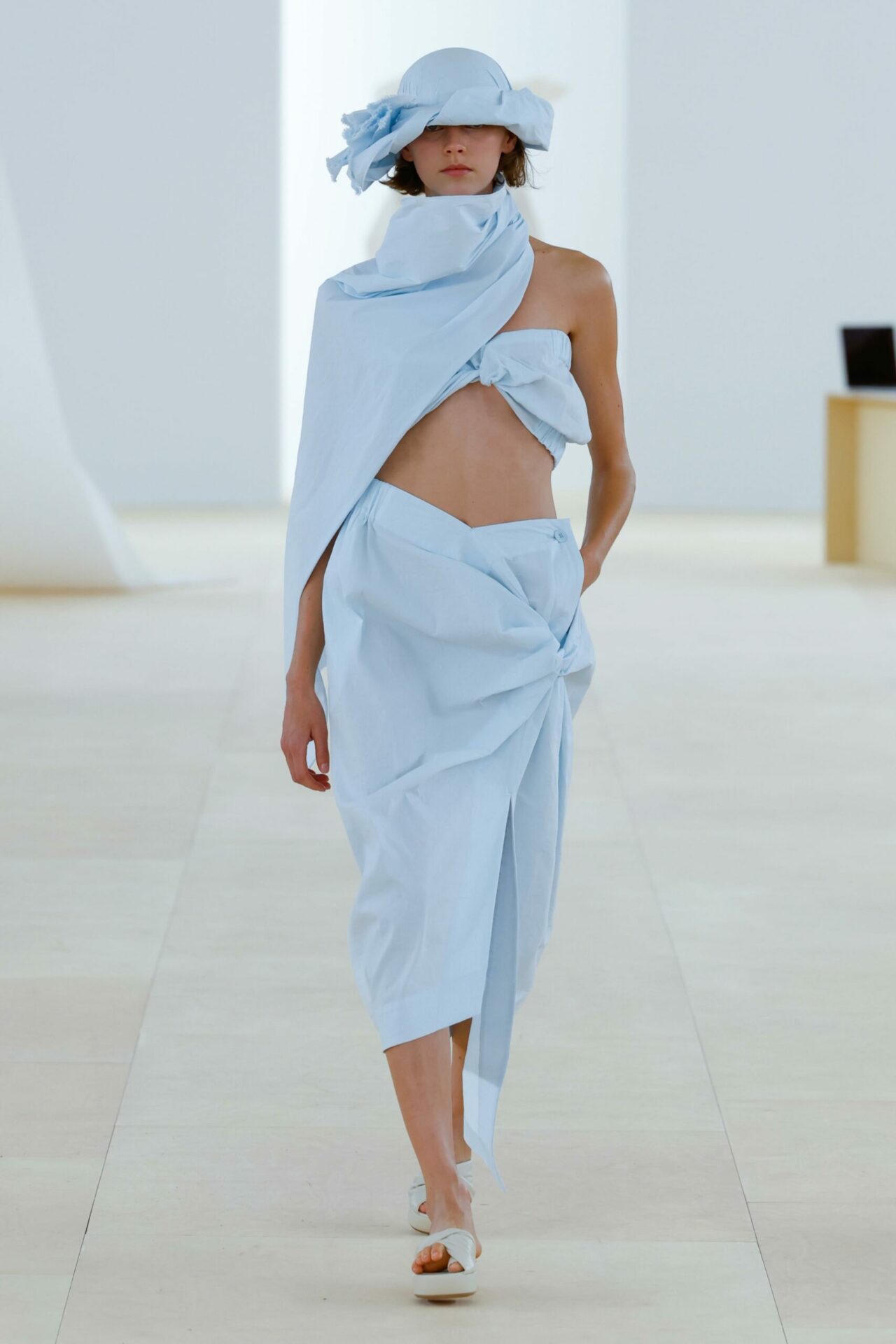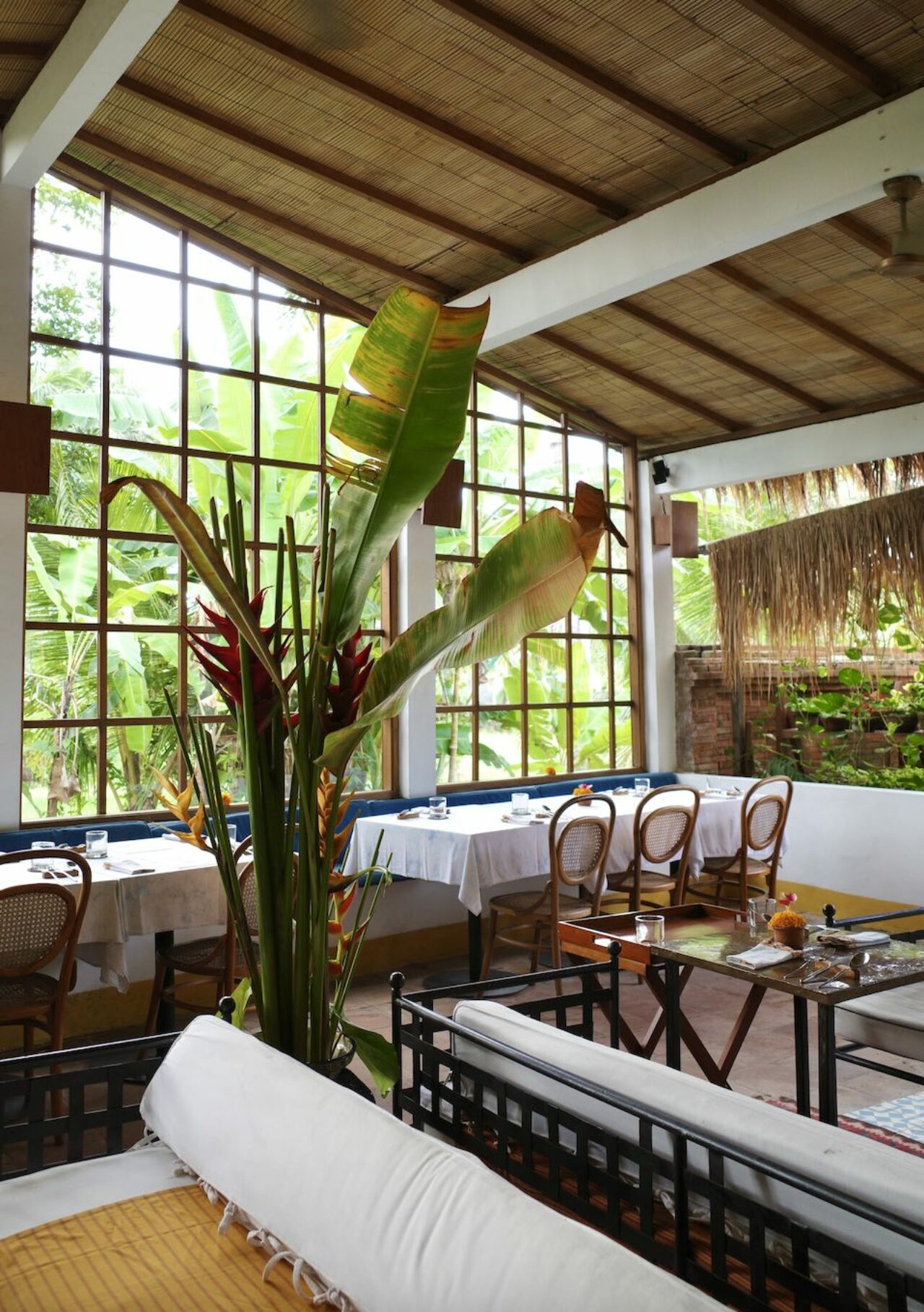土門拳 Ken Domon
The Undisputed Master of Japanese Realist Photography

The supreme master of Japanese realist photography, Ken Domon‘s images capture the spectacular originality of realism; emotive in every sense. Domon’s life’s work extends to 70,000 images taken between 1920 to 1980, with the photographer capturing his country of birth in an unflinchingly honest portrayal. Most importantly, Domon’s lens captured moments that revealed truths in the turbulent Showa era.
Just released, Skira have published a pivotal new book featuring 150 works of Domon’s works, dating from the 1920s to the 1970s. Domon’s work remains a reference for photographers until this day, but his work is bewilderingly not well known outside of Japan.
The Ken Domon Museum of Photography is the first Japanese museum dedicated solely to photographs, and quite possibly the first photography museum in the world built for an individual. Built in Sakata, the hometown of Domon, the museum was completed in 1983 by Yoshio Taniguchi. The son of architect Yoshirō Taniguchi, Yoshio studied at Keio University and at Harvard University’s Graduate School of Design, later briefly working for architect Walter Gropius.
This project was Taniguchi’s first museum design work, and he later went on to also design the Museum of Modern Art in New York. For the Ken Domon Museum of Photography, Taniguchi utilised the elements of water and emphasised the external experience of the specifically-designed interiors space. Taniguchi framed the outside surrounding views, and through his design, brings them inside the internal space. For the Ken Domon Museum of Photography, Taniguchi had a large lake constructed outside of the museum building, an integral part incorporated into the entire design, accentuating the importance of water and utilising it’s characteristics and traits. Taniguchi explains, “I can give three different reasons why I use water. One is that it provides a base to the architecture. Two, you can control the movement of people to change their view toward different scenery. Three, the colour of the water always changes, depending upon the weather, season and time of day. That reflects on the architecture. So water makes my simple architecture more interesting”.
Also to note, Domon’s artist friends contributed to the museum with their various talents. Isamu Noguchi’s Mr. Domon sculpture graces the outdoor courtyard space in the museum, while Hiroshi Teshigahara (head of the Sogetsu School of ikebana, flower arrangement) contributed to the garden landscaping.
Domon’s photography captures more than moments in time, his documentary-style photographs show a reality of multiple emotions, presenting an honest portrayal of society and humanity.
After World War 2, Domon documented the aftermath by focusing on everyday people and their everyday lives. This post-war period between 1950-1970 Domon’s ‘Hiroshima’ and ‘The Children of Chikukō’ series are some of the world’s most renowned photographs, with the photo series made in Buddhist temples ‘A Pilgrimage through Old Temples’ and ‘Muroji Temple’ also among Domon’s most iconic. The ‘Bunraku Puppets’ photo series celebrate Japan and it’s traditions, capturing details of craftsmanship through the black and white grains.
Unflinching and focused, Domon’s photography is undeniably honest in it’s execution and storytelling, providing a direct lens into the history and soul of Japan.
The Ken Domon Museum of Photography
2 Chome-13 Iimoriyama, Sakata,
Yamagata Prefecture 998-0055, Japan
